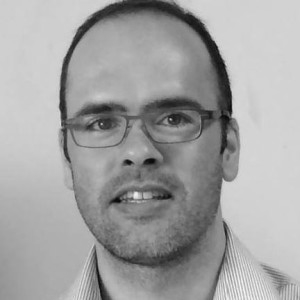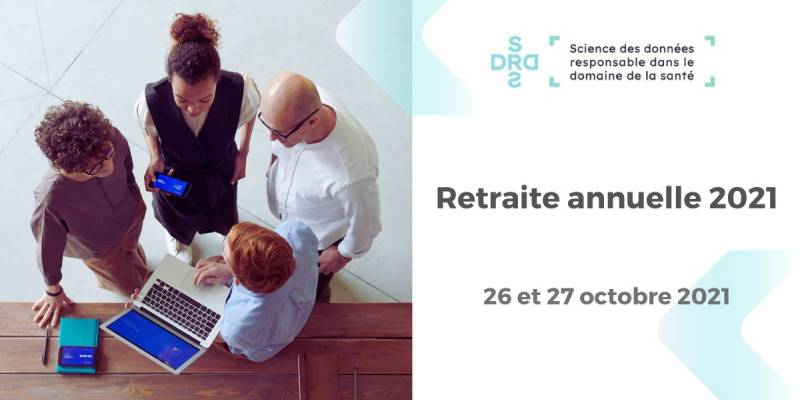Participatory stakeholder co-design as a strategy to build a learning healthcare system
In this talk, we will explore how the design and agile development of a learning healthcare system can benefit from participatory stakeholder co-design.
First, we will explore what is meant by a learning healthcare system and identify who its stakeholders are. Then, we will examine the importance of user participatory design in software development projects and see why user involvement at the design phase is the main reason why software projects succeed, or conversely, why lack of user involvement is the main reason why they fail. Moving from the software world to the healthcare world, we will define participatory stakeholder co-design and explain how it differs from patient-centred design and person-centred design. Finally, we will gather everything together and see how the effort of building a learning healthcare system must incorporate stakeholder co-design if it is to succeed.
Biographie
Dr. John Kildea is a medical physicist at the McGill University Health Centre, interim co-director of the McGill Medical Physics Unit and assistant professor of Oncology at McGill University. His research lab at the RI-MUHC (kildealab.com) is studying how ionizing radiation causes cancer and is building person-centered software to power the learning healthcare system of tomorrow.
With radiation oncologist Dr. Tarek Hijal, Dr. Kildea leads the development of the Opal patient portal (opalmedapps.com), which was built using a process of stakeholder co-design with a patient co-leading the team. Opal was named Quebec e-Health solution of the year in 2019 by Le Point Santé et Services Sociaux and was awarded the prestigious 2019 Prix d’excellence–Coup de coeur des ministres of the Quebec Ministry of Health.



